Endemic to the island of Borneo (the third largest island in the world, divided between Indonesia, Brunei, and Malaysia), the proboscis monkey or long-nosed monkey is one of the world's most unusual primates. They do not live alone but play together in groups often found in the island's tropical forests and mangroves, including the area around the Kawa Kawa River in Malaysia.

The proboscis monkey is the largest monkey on the island of Borneo. They have the longest nose of all monkeys.
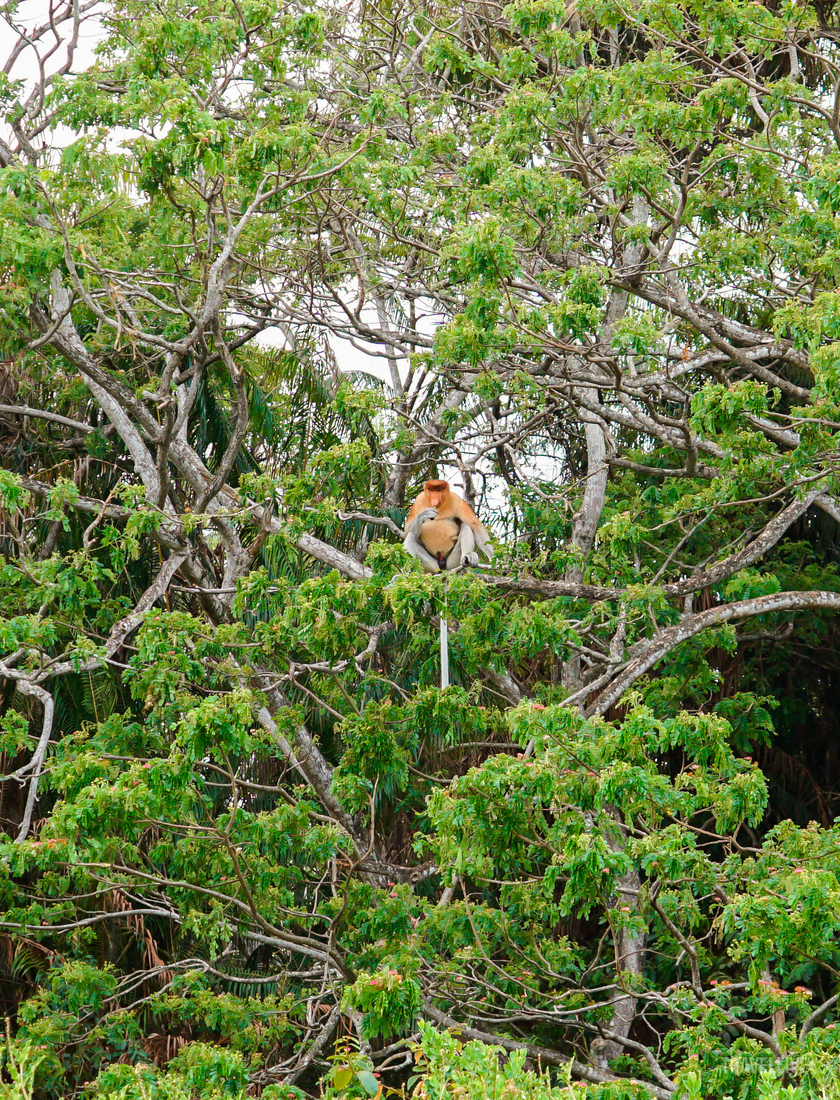

Proboscis monkeys are omnivorous and eat a variety of fruits, leaves, insects and small animals. They are social animals and live in groups of 10 to 60 individuals.
The proboscis monkey is one of the largest monkeys in Asia. Males weigh between 16 and 35 kg, while females are significantly smaller. The most recognizable feature of this monkey is its large, long, drooping nose, especially in males, and its reddish-brown fur. The male's nose is larger than the female's at 18 cm and is used to make loud calling sounds. The long nose is the point that helps males attract mates during the breeding season.
In addition to their distinctive appearance, proboscis monkeys also have the ability to chew their food. They will take a lot of food into their stomachs, then when they have free time they will chew it again. Their favorite foods are leaves, flowers and insects.

Thanks to this nose, proboscis monkeys can emit howls that can be heard dozens of kilometers away.

They do not live separately but play together in a herd.
To see the proboscis monkeys with your own eyes, visitors can travel by boat along the Kawa Kawa River, about 70 km from Kota Kinabalu city. To take photos of the animals from high branches, visitors must prepare a camera with a large focal length lens.
At each section of the river, when detecting monkeys, the boatman will slow down and stop close to the shore for about 15 minutes to let tourists watch and record the moment. Note, tourists should not be too noisy because it will scare the monkeys away. Along the banks of the Kawa Kawa River, in addition to long-nosed monkeys, tourists can also freely watch other wild animals.

In order not to affect the monkeys' natural habitat, the boat only stops at the shore for visitors to watch for about 15 minutes.

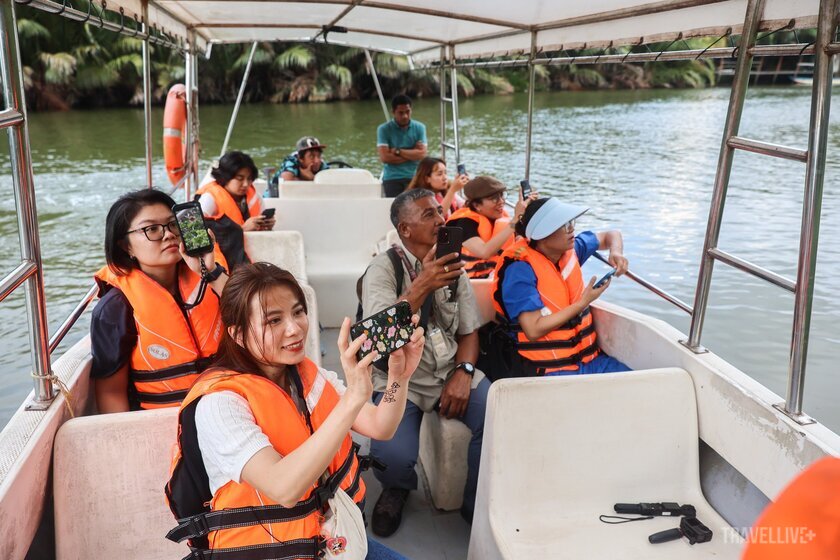
Many tourists were excited when they first saw the longest-nosed monkey on the planet.
Proboscis monkeys are omnivorous and eat a variety of fruits, leaves, insects and small animals. They are social animals and live in groups of 10 to 60 individuals. Proboscis monkeys are considered endangered due to habitat loss and hunting.
The local tour guide said that the number of proboscis monkeys has decreased significantly and is listed as an endangered species in the Red Book. However, along the banks of the Kawa Kawa River, long-nosed monkeys and other animals live naturally in the riverside forests without human intervention.
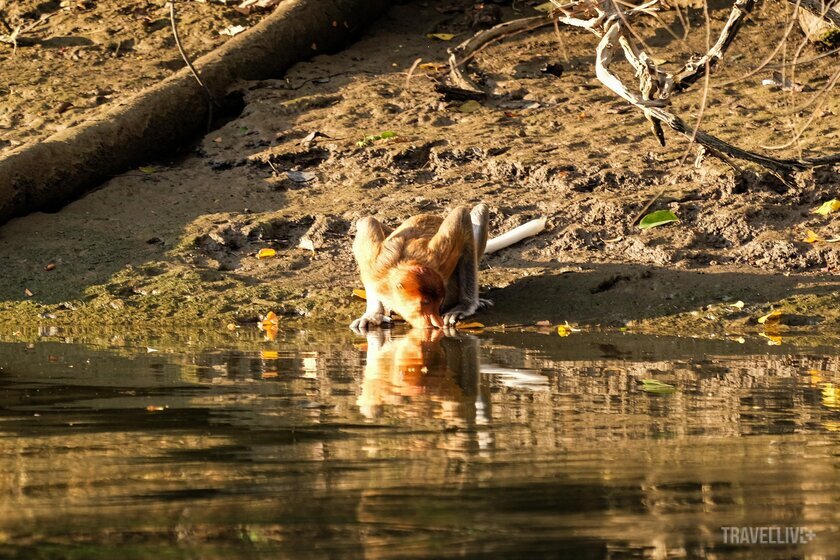
Long-tailed macaques are drinking water and foraging along the riverbank.
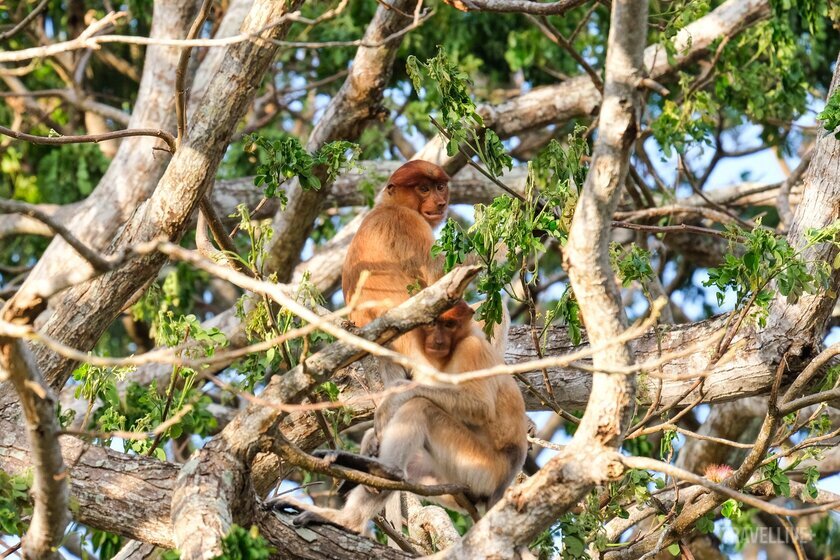
There are not only long-nosed monkeys but also many other species of monkeys.
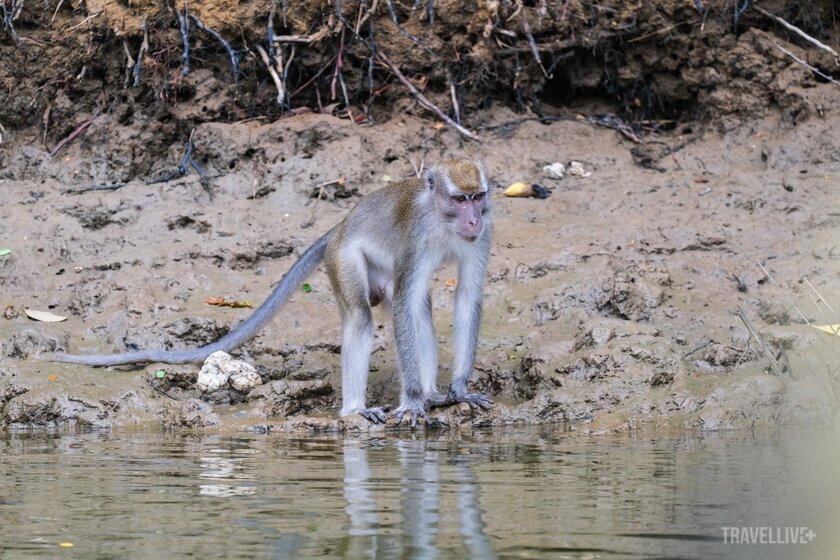
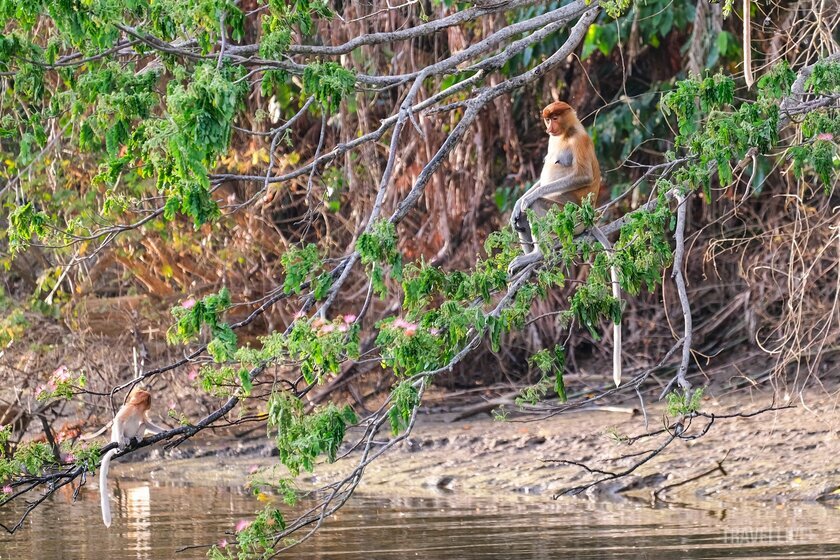

Baby monkeys face many dangers and can become prey for crocodiles, lizards, eagles, and pythons.

River area with mangrove forests
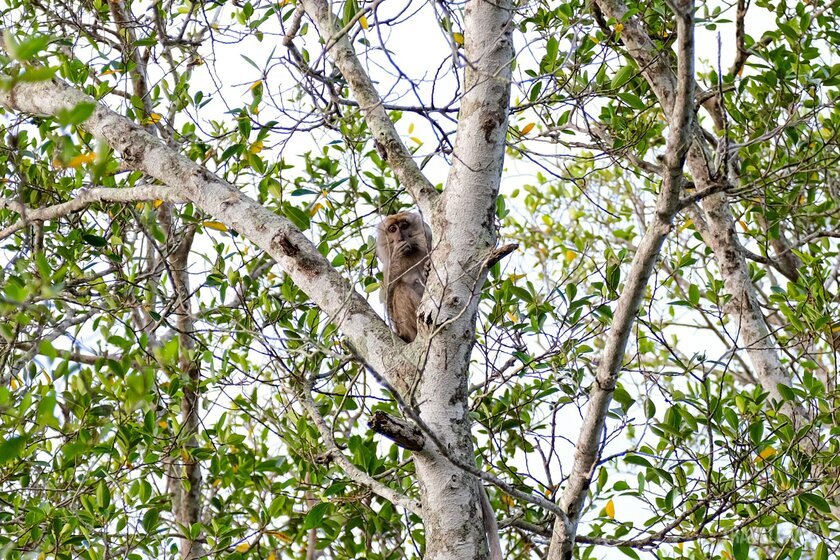
Along the banks of the Kawa Kawa River, proboscis monkeys and other animals live naturally in the riverside forests without human interference.
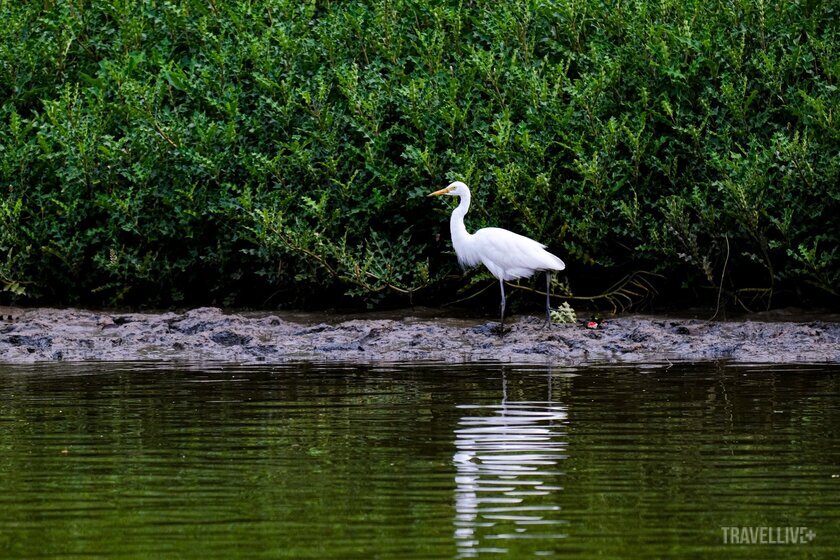
Not only monkeys, along the Kawa Kawa riverbank visitors can also see some wild animals such as storks, lizards, birds...
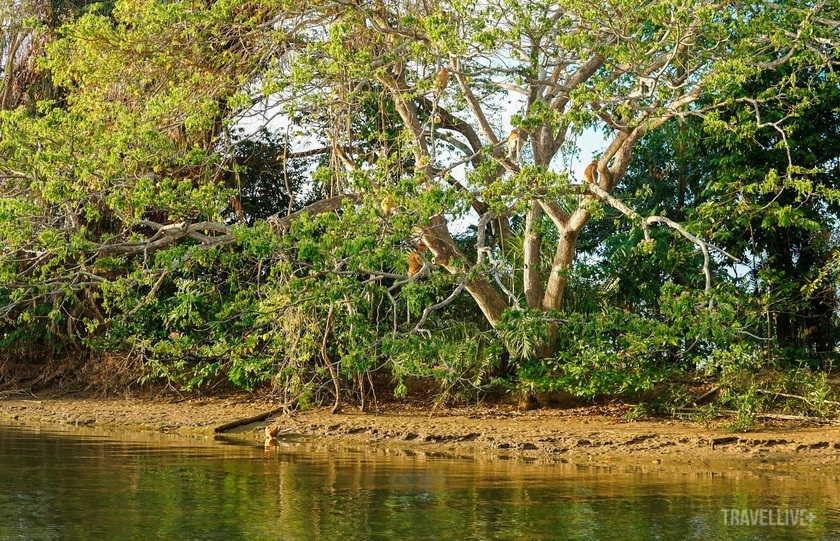
Tourists are attracted by large brown monkeys with long noses covering their mouths, constantly swinging from branch to branch, picking flowers, and playing in tall trees.




































